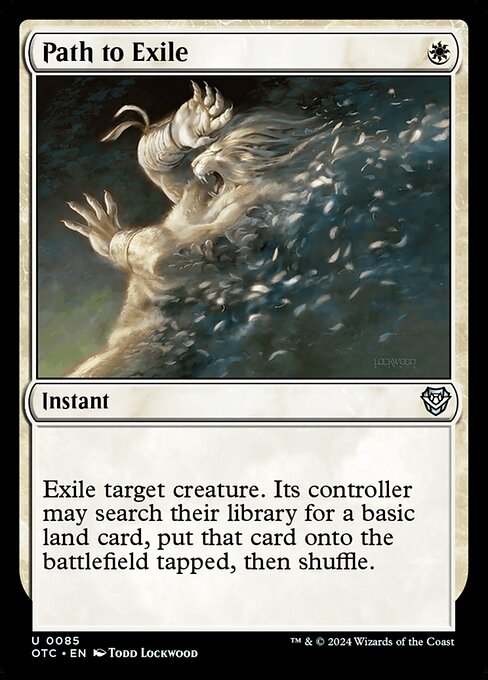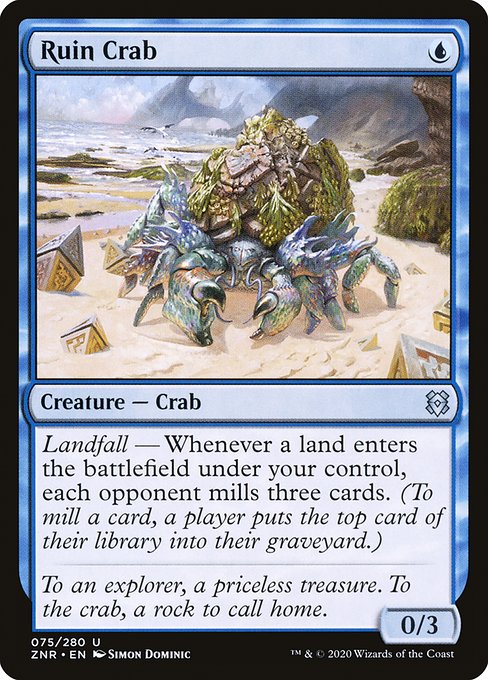Deck & Commander Strategies

Memnarch
Ramp quickly to cast Memnarch and then gain control of opponents' permanents, denying them resources and using those resources against them.

Bruna, Light of Alabaster
Fill up the graveyard and play supportive enchantments for Bruna to attach for free when she attacks.

Phenax, God of Deception
Control the board while utilizing mill effects, such as Ruin Crab, to whittle down opponents' libraries.

Brion Stoutarm
Ramp and control the board while setting up to utilize Brion's ability to fling creatures at opponents. The player conceded early in the game.
Gameplay Insights
- 1
The Memnarch player's attempt to gain card advantage with Consecrated Sphinx was thwarted by a Path to Exile, suggesting a high level of interaction and control in the game.
- 2
Phenax's use of Ruin Crab for consistent mill effects put pressure on opponents' libraries while also synergizing with their overall control strategy.
- 3
Bruna's strategy of filling up the graveyard for beneficial enchantments was a slow but potentially powerful strategy if not kept in check.
- 4
The early concession of the Brion Stoutarm player significantly changed the dynamic of the game, shifting it to a three-player match.
Notable Cards
-

Consecrated Sphinx
-

Path to Exile
-

Ruin Crab
-

Ghostly Prison
Gameplay Summary
The game started with each player setting up their respective strategies.
The Memnarch player focused on ramping and maintaining a defensive posture, while Bruna and Phenax developed their board states.
Bruna spent time filling up their graveyard and casting supportive enchantments, while Phenax benefited from a Ruin Crab's milling ability and played control, keeping threats in check.
However, the Brion Stoutarm player conceded early in the game.
A key turning point occurred when the Memnarch player attempted to play Consecrated Sphinx to gain card advantage, but it was removed by a Path to Exile from the Bruna player.
The game continued with players building their boards and preparing for potential win conditions.































![Commander VS S13E2: Sedris vs Brion vs Licia vs Tetzimoc [EDH] thumbnail](https://i.ytimg.com/vi/oamJ14brbZ8/sddefault.jpg)

















